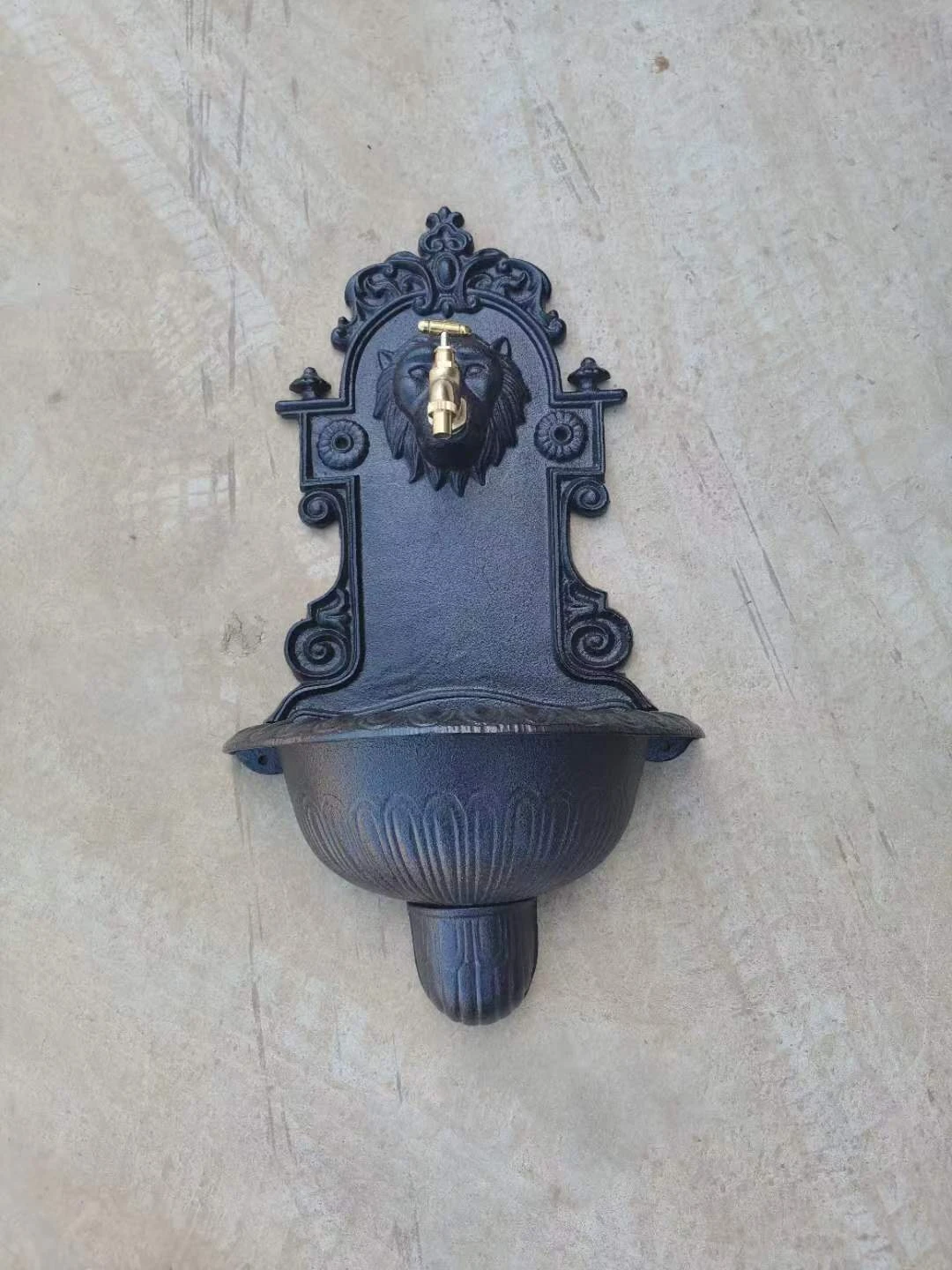Creative Designs in Decorative Metal Castings for Unique Home and Garden Accents
The Art and Craft of Decorative Metal Castings
Metal casting has been an integral part of human civilization for thousands of years, dating back to ancient cultures that utilized the process for creating tools, weapons, and artistic pieces. Among the various applications of metal casting, decorative metal castings hold a special place, merging functionality with aesthetics to produce items that are not only practical but also beautiful.
Decorative metal castings encompass a broad range of products, from intricate furniture hardware to elaborate sculptures and architectural elements. The process generally involves pouring molten metal into a mold that shapes it into a desired form. This might seem straightforward, but the artistry and precision accompanying decorative castings elevate this craft to a higher level.
One of the most significant advantages of metal casting is its versatility. Metals like aluminum, bronze, brass, and even cast iron can be manipulated to achieve an array of designs. Each metal offers unique characteristics—aluminum is lightweight and resistant to corrosion, bronze has a warm hue and excellent durability, while cast iron adds a rugged charm. This allows artisans to choose the perfect medium based on the desired aesthetic and functional properties of the final product.
The casting process itself has evolved over the years. Traditional sand casting, where a mold is made using a mixture of sand and a binding agent, is still popular today for its cost-effectiveness and ability to create intricate designs. However, modern technologies like lost-wax casting and investment casting have emerged, allowing for greater precision and detail. Lost-wax casting, for instance, permits the creation of highly detailed artwork, making it a preferred method for producing sculptures and ornamental pieces.
decorative metal castings

The artistry in decorative metal castings is not solely confined to the initial casting process. Finishing techniques, such as polishing, patination, and powder coating, can dramatically alter the appearance of the cast metal. These methods enhance the visual appeal and protect the metal from environmental factors. A skilled artisan can transform a raw cast into a shiny, vibrant piece of art or an aged, rustic treasure, depending on the desired outcome.
Moreover, decorative metal castings serve not just aesthetic purposes but also bear significant cultural and historical importance. Many regions around the world have rich traditions of metalworking that reflect their unique cultural identities. For example, Islamic art is known for its intricate metalwork, which often features geometric patterns and calligraphy. In contrast, Art Nouveau showcased organic forms and flowing lines, heavily influencing decorative arts in the late 19th and early 20th centuries. Each of these styles highlights the connection between the craft of metal casting and the cultural narratives of different societies.
With the rise of sustainability awareness, many artisans are also focusing on eco-friendly practices in metal casting. Recycled metals are increasingly being used, reducing the demand for new raw materials and minimizing environmental impact. This approach not only preserves precious resources but also allows for unique pieces that carry stories of their previous forms, adding to the character and history of the finished item.
The market for decorative metal castings is diverse, catering to various sectors, including home décor, architectural design, and even fashion. Whether it's a beautifully crafted gate, an ornamental light fixture, or unique jewelry pieces, the impact of decorative metal castings is profound. They add character and elegance to spaces and adorn individuals, making them cherished items that often become heirlooms passed down through generations.
In conclusion, decorative metal castings are more than just functional items; they are expressions of creativity, history, and craftsmanship. As technology continues to advance, this ancient art form finds new life and relevance in contemporary society. The marriage of traditional techniques with modern innovations ensures that decorative metal castings will not only endure but also thrive, inspiring future generations of artisans and enthusiasts alike. Whether you appreciate them for their artistic beauty or their historical significance, decorative metal castings remind us of the enduring nature of human creativity.
-
Wrought Iron Components: Timeless Elegance and Structural StrengthNewsJul.28,2025
-
Window Hardware Essentials: Rollers, Handles, and Locking SolutionsNewsJul.28,2025
-
Small Agricultural Processing Machines: Corn Threshers, Cassava Chippers, Grain Peelers & Chaff CuttersNewsJul.28,2025
-
Sliding Rollers: Smooth, Silent, and Built to LastNewsJul.28,2025
-
Cast Iron Stoves: Timeless Heating with Modern EfficiencyNewsJul.28,2025
-
Cast Iron Pipe and Fitting: Durable, Fire-Resistant Solutions for Plumbing and DrainageNewsJul.28,2025
-
 Wrought Iron Components: Timeless Elegance and Structural StrengthJul-28-2025Wrought Iron Components: Timeless Elegance and Structural Strength
Wrought Iron Components: Timeless Elegance and Structural StrengthJul-28-2025Wrought Iron Components: Timeless Elegance and Structural Strength -
 Window Hardware Essentials: Rollers, Handles, and Locking SolutionsJul-28-2025Window Hardware Essentials: Rollers, Handles, and Locking Solutions
Window Hardware Essentials: Rollers, Handles, and Locking SolutionsJul-28-2025Window Hardware Essentials: Rollers, Handles, and Locking Solutions -
 Small Agricultural Processing Machines: Corn Threshers, Cassava Chippers, Grain Peelers & Chaff CuttersJul-28-2025Small Agricultural Processing Machines: Corn Threshers, Cassava Chippers, Grain Peelers & Chaff Cutters
Small Agricultural Processing Machines: Corn Threshers, Cassava Chippers, Grain Peelers & Chaff CuttersJul-28-2025Small Agricultural Processing Machines: Corn Threshers, Cassava Chippers, Grain Peelers & Chaff Cutters












